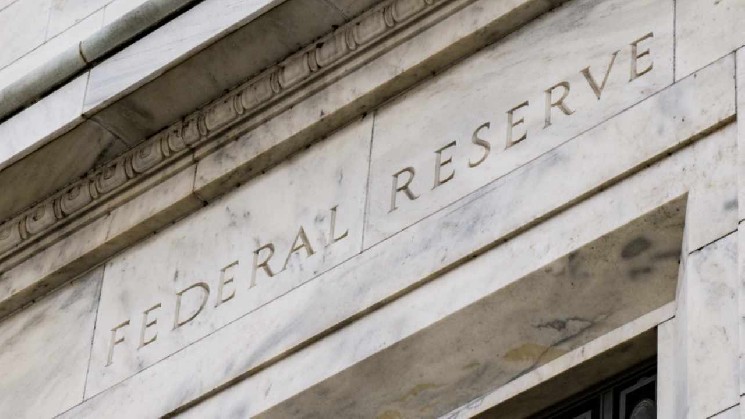
The Federal Reserve is accelerating efforts to eliminate regulatory gray zones, pledging precise digital asset guidance to unlock innovation in crypto and next-gen financial technologies.
Fed Targets Ambiguity in Digital Asset Rules as Part of Broader Overhaul
Federal Reserve Vice Chair for Supervision Michelle W. Bowman emphasized on June 6 at Georgetown University’s Psaros Center for Financial Markets and Policy that enhancing clarity around digital asset oversight is a priority within her broader initiative to modernize supervision and regulation.
In her first public speech as Vice Chair, Bowman outlined a pragmatic and tailored regulatory vision that incorporates support for innovation, specifically pointing to uncertainty around digital assets as a barrier to progress. She underscored that evolving supervisory guidance—especially for banks exploring new financial technologies—must provide clearer expectations to facilitate safe adoption of digital asset activities and artificial intelligence. Bowman noted that past supervisory guidance had inadvertently inhibited innovation by creating ambiguity:
Uncertainty in supervisory expectations has long been an obstacle to banks seeking to innovate, including banks engaging in digital asset activities or incorporating new technologies like artificial intelligence to improve efficiency and delivery of products and services.
She stated that the Federal Reserve must ensure that digital asset innovation is not stifled by vague or outdated supervisory materials. She committed to reviewing existing guidance, including SR Letters and third-party risk management protocols, to eliminate documents that inhibit technological adoption without advancing safety and soundness.
Referring to earlier initiatives like the Fed’s “office hours” sessions, Bowman said such formats provided transparency around digital assets and should be revisited to promote constructive dialogue between regulators and financial institutions.
Looking ahead, Bowman stressed the importance of enabling innovation without compromising prudential oversight. She stated:
Just as it is imperative that banks innovate to remain competitive in the future, it is critical that bank supervisors enable the adoption of new technologies in a manner consistent with safety and soundness.
